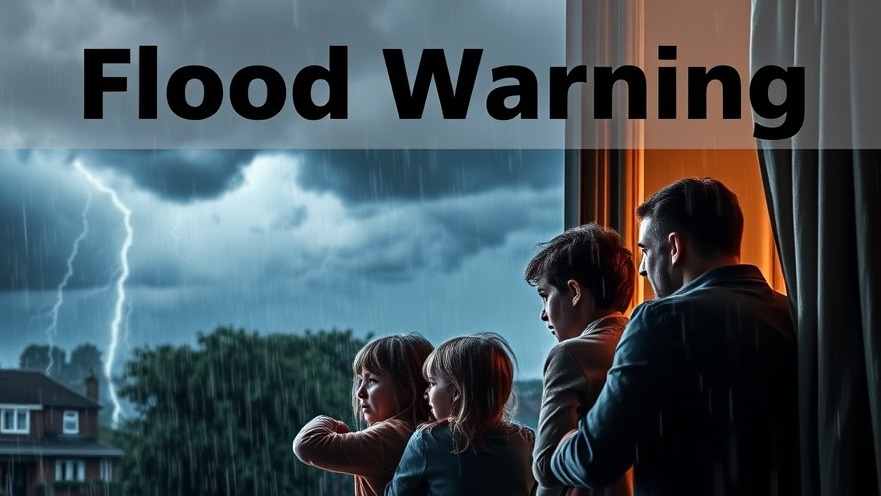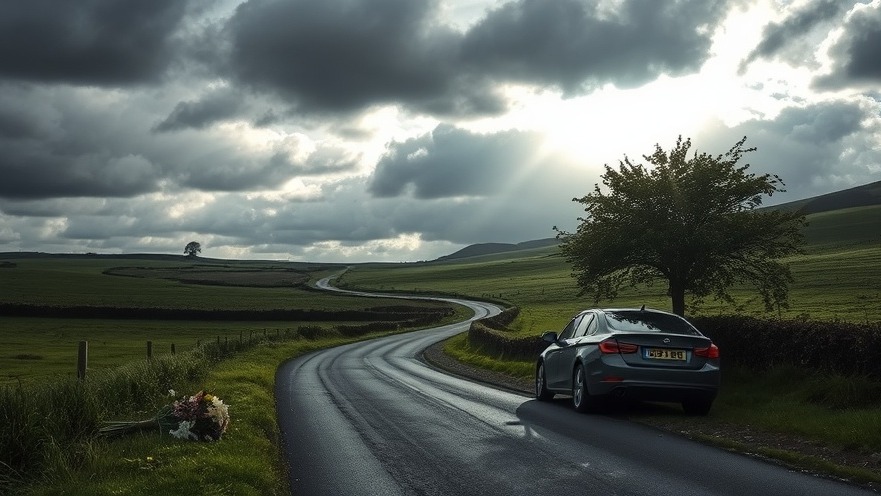
Young man faces serious charges for video sharing
A 19-year-old from Leicester, Zayan Lorgat, has made headlines as he faces trial for allegedly sharing videos of violent actions linked to real-world terrorist attacks. This preliminary hearing at the Old Bailey marks a profound moment in the intersection of technology, media, and public safety.
On July 16, 2024, Lorgat is accused of transmitting a disturbing video clip depicting the Christchurch terror attack. The assaults, which claimed 51 lives during prayers at two mosques in New Zealand on October 15, 2019, left scars that resonate globally. Allegations against Lorgat extend beyond Christchurch, as he is also said to have shared video clips showcasing the actions of Stephen Balliet, who murdered two individuals during an attack in Germany, and the racially-motivated shooting in Buffalo, where ten Black people lost their lives.
Why sharing such content raises alarms
Legal experts are closely monitoring this case due to its implications on digital behavior and criminal accountability. The prosecution suggests that when Lorgat shared the video clips, he intended to either incite or recklessly encourage acts of terrorism. This distinction is crucial; it addresses not just the actions of individuals but the platforms enabling these discussions and knowledge.
In today's world, where video sharing is ubiquitous, one must consider the responsibilities that come with it. The rapid dissemination of information can fuel violent ideologies, as demonstrated by the alarming history of mass shootings and hate crimes. Understanding Lorgat's motivations and the impact of his actions could lead to broader discussions about social media's role in promoting violence versus free speech.
The legal landscape of internet sharing and terrorism
This case could set significant legal precedents for how courts interpret the sharing of violent media. Victims of past terror attacks have often demanded accountability. They argue that content like Lorgat's, especially when shared on platforms such as Telegram, can perpetuate cycles of violence.
As news outlets report extensively on similar cases, experts note the growing trend of authorities taking a hard stance on online behavior that may threaten public safety. The implications of a guilty ruling could ripple through the digital landscape, creating stricter guidelines for online interactions and raising questions about privacy, freedom of expression, and societal norms.
Social context for the charges
Amidst this unfolding case, it’s essential to reflect on the societal context that enables such incidents. The fear of radicalization among youth is a reality that many communities are confronting. For those who are passionate about local issues, seeing an arrest like this in Leicester is concerning and calls for increased community engagement in combating radical ideologies.
Furthermore, raising awareness about radicalization and the mechanisms that lead to such actions highlights the need for educational initiatives within communities. Addressing mental health issues, promoting inclusivity, and fostering open discussions can significantly reduce the risk of young individuals succumbing to extremist views.
Community engagement and future outlooks
The Leicester case speaks volumes about the urgent need for communities to come together to discuss the multifaceted issues surrounding terrorism and media. Parents, educators, and local leaders must establish dialogue focused on understanding the influences that lead to the glorification of violence in media.
As the plea hearing is set for November 7, and a ten-day trial will begin in July, the approach taken by both the prosecution and the defense will shape the community's response to Lorgat's actions. It serves as a certain wake-up call about the hidden dangers lurking in social media platforms.
Whether you are a young adult navigating the internet or an adult concerned about your neighborhood's safety, the time is now to address the vital issue of online content responsibly. Together, let’s explore this convoluted landscape and foster a safer, more aware community.
 Add Row
Add Row  Add
Add 




Write A Comment